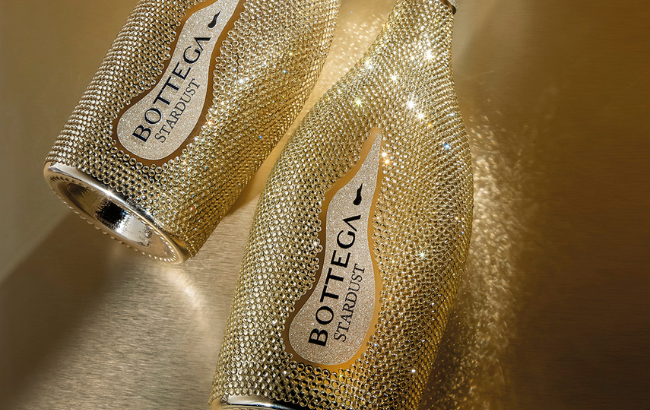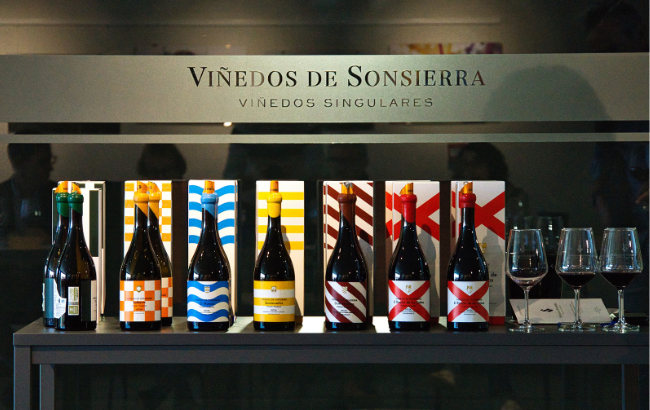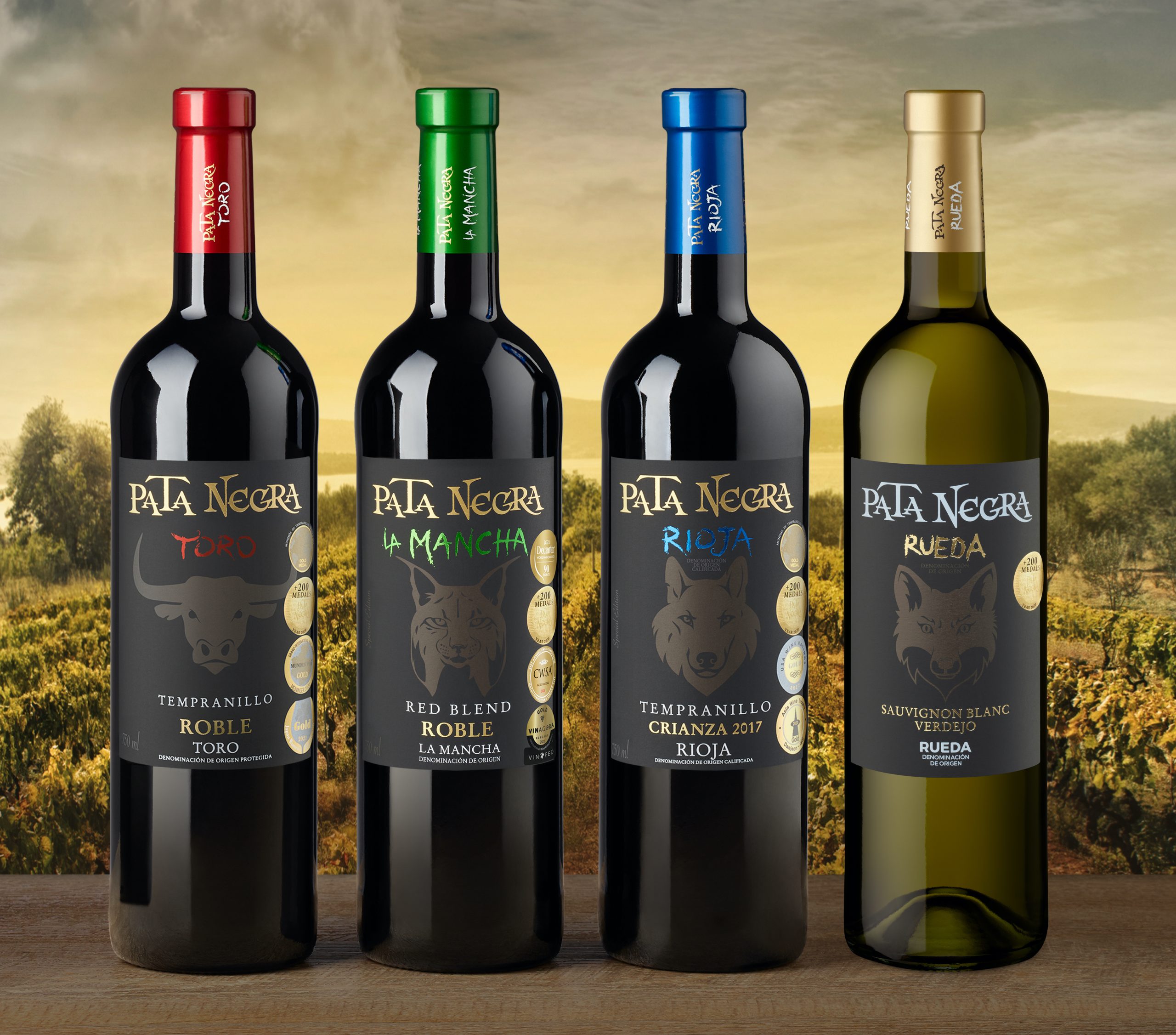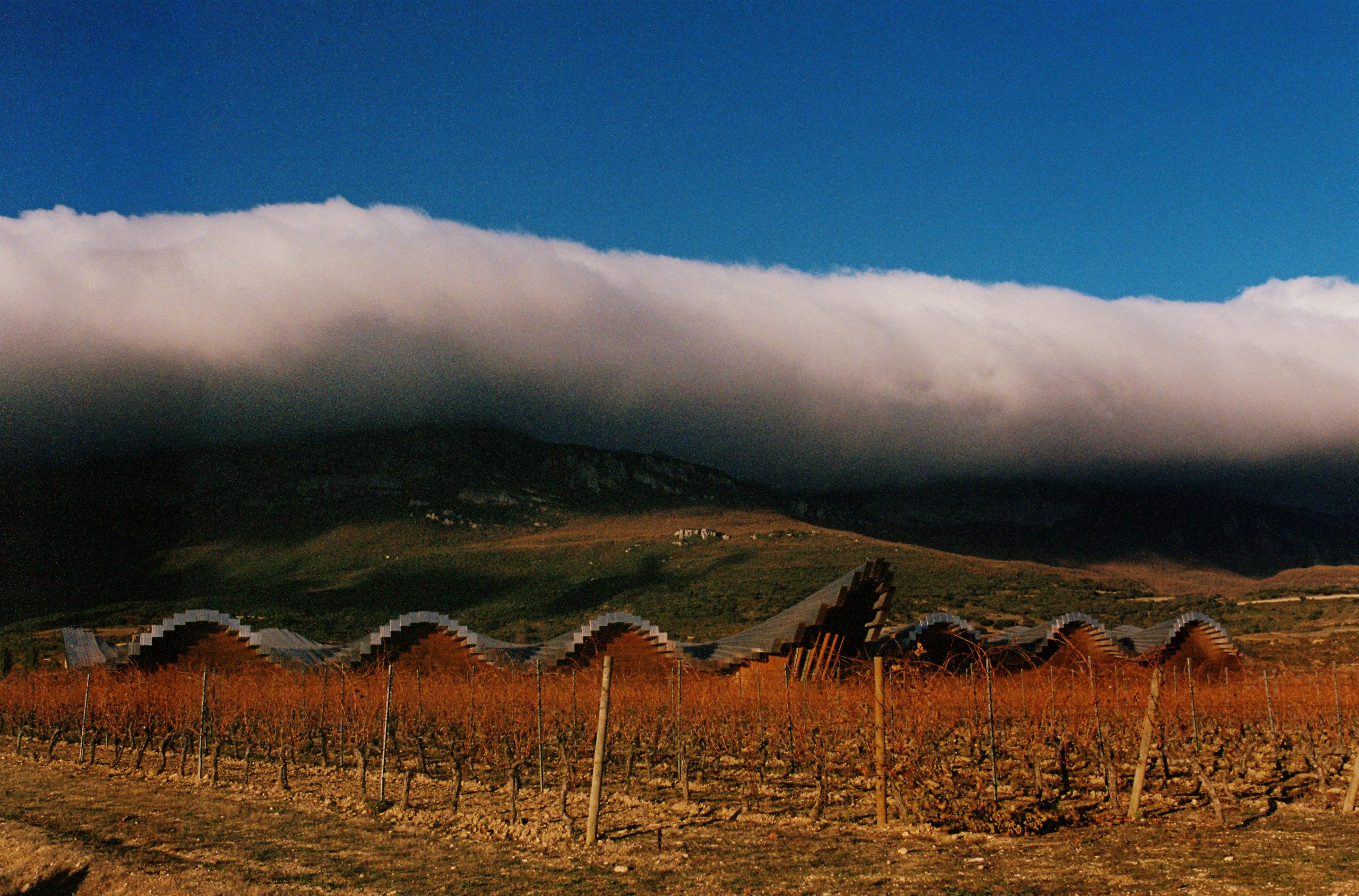Organic wine market set to triple in value by 2030
The organic wine market is increasing year on year, whether you embrace it or not, with younger consumers driving growth.
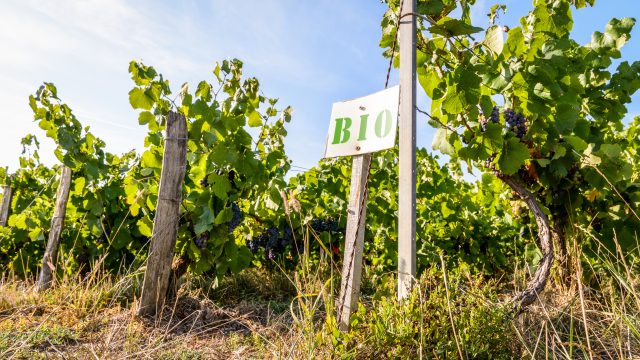
The global organic wine market has been gaining gradual traction in recent decades, and in today’s health conscious society, it’s safe to say it’s not going to fizzle anytime soon.
According to a recent report by InsightAce Analytic Pvt. Ltd., the market was valued at US$9.84 billion in 2021 and is set to reach an impressive US$25.07 billion by 2030, growing at a CAGR of 11.3%.
As the IWSR also notes, organic wines enjoy the highest awareness among alternative wines, underscoring their leading role in a challenging wine market where long-term structural decline is a pressing issue.
Who is driving the growth in the category?
Millennials, the driving force behind the surge in organic wine demand, are embracing these products as part of their “less but better” purchasing ethos. Both InsightAce and the IWSR highlight a key factor: younger consumers view organic wines as being of higher quality and more aligned with their values compared to older generations.
In markets like the US, UK, and Australia, Millennials are the most engaged demographic, associating organic wines with premium quality and sustainability. This sentiment resonates particularly strongly in the US, where 30% of Millennial wine drinkers link organic wines with high quality—a perception shared across other major wine markets.
Regional leaders and opportunities for growth
Europe dominates the organic wine market, thanks to favourable climates and strong consumer awareness. Countries like Germany, France, and Italy lead the charge, driven by growing health consciousness and sustainability concerns.
Partner Content
While the IWSR highlights Germany and Sweden as mature organic wine markets, InsightAce points to North America as another key growth area. The US, as the third-largest consumer of organic red wine globally in 2021, has seen a noticeable shift from conventional to organic options.
Emerging markets in Asia Pacific, Latin America, and the Middle East are also contributing to the market’s expansion, supported by increasing awareness and availability of organic products.
Packaging innovation working in parallel to the organic wine market
In today’s world, it’s no surprise that people are growing increasingly mindful not only of the sustainability of the wine they enjoy but also of the packaging it comes in. And with production costs increasingly rising across all industries, it’s no surprise lighter, more environmentally conscious options within the wine sector are on the rise.
While traditional glass bottles remain dominant, canned organic wines are gaining traction due to their convenience and eco-friendly appeal. Notable innovations include Bonterra Organic’s launch of 250ml canned wines in 2019, catering to on-the-go consumers and those seeking smaller portions.
Challenges despite growth
Despite its growth, the organic wine market faces hurdles. Higher production costs and limited consumer awareness in some regions remain barriers to adoption. Furthermore, the IWSR notes a decline in sustainability engagement in the US over the past year, reflecting broader economic pressures.
Yet, the resilience of organic wines lies in their ability to marry sustainability with quality—a critical combination for capturing consumer loyalty. InsightAce’s data suggests that organic wines are well-positioned to continue bucking industry trends.
Related news
All the medallists from The Prosecco Masters 2025

